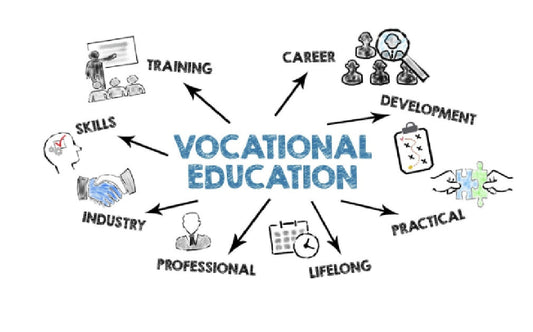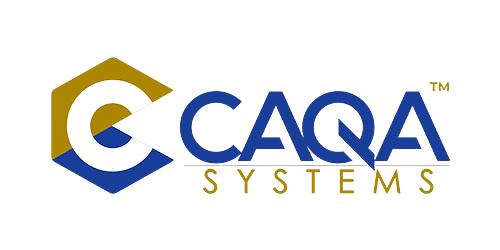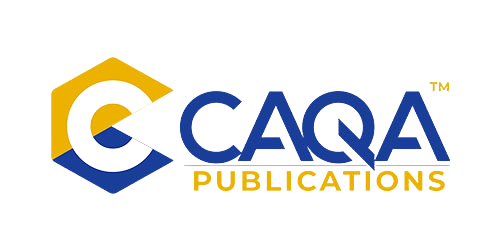Asynchronous learning - What is it?
There are two types of online learning: synchronous and asynchronous. Synchronous learning occurs in real-time, with all learners participating at the same time. Asynchronous learning does not occur in real-time, which means that learners can complete the coursework on their own schedule.
Synchronous learning is often compared to a traditional classroom setting, where everyone is present at the same time and interacting with each other and the instructor in real-time. In an asynchronous learning environment, however, learners are not necessarily interacting with each other or the instructor in real-time. Instead, they may be working on their own schedule and accessing course materials as they have time.
Asynchronous learning is a type of distance learning that allows students to complete coursework at their own pace. This type of learning can be beneficial for students who have busy schedules or who learn better on their own time. In an asynchronous learning environment, students can access course materials and submit assignments whenever it is convenient for them. Additionally, asynchronous learning can be helpful for students who learn at different speeds or who prefer to study in different ways (e.g., via reading, listening to lectures, etc.).
The following are examples of asynchronous learning:
- Gamification
- Micro-learning
- Social learning
- Learning management systems (LMS)
- Webinars
- eLearning platforms
- Podcasts
- Screencasts
- Videos
- Web conferences
There are several advantages of asynchronous learning. One advantage is that it can be more flexible than traditional classroom-based instruction. Students in an asynchronous learning environment can choose when and where they want to study, which can make it easier to fit school into a busy schedule. Another advantage of asynchronous learning is that it can allow students to learn at their own pace. This can be beneficial for students who need extra time to understand course material or who want to move through the material more quickly.
Asynchronous learning also has some disadvantages. One disadvantage is that it can be difficult to stay motivated when you are not required to attend regular class sessions. Another disadvantage is that you may not have the opportunity to interact with your instructors and classmates as much as you would in a traditional classroom setting.
If you are considering asynchronous learning, it is important to make sure that you are prepared for the challenges it may present. Be sure to set aside enough time in your schedule for studying, and make sure that you have a good internet connection so that you can access course materials and submit assignments when necessary. You should also be sure to choose a program that is accredited and that offers support from instructors who are experienced in distance learning.


































